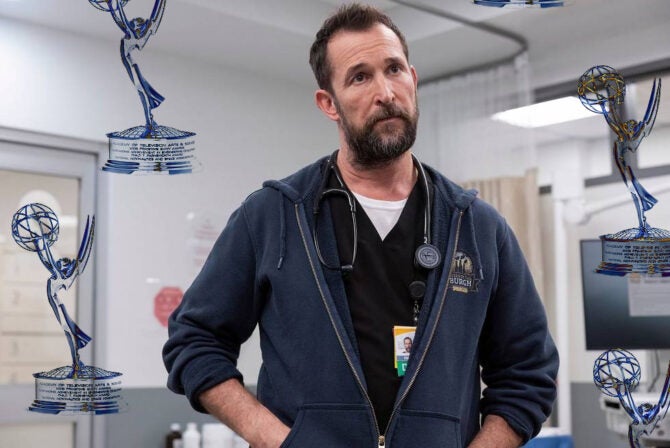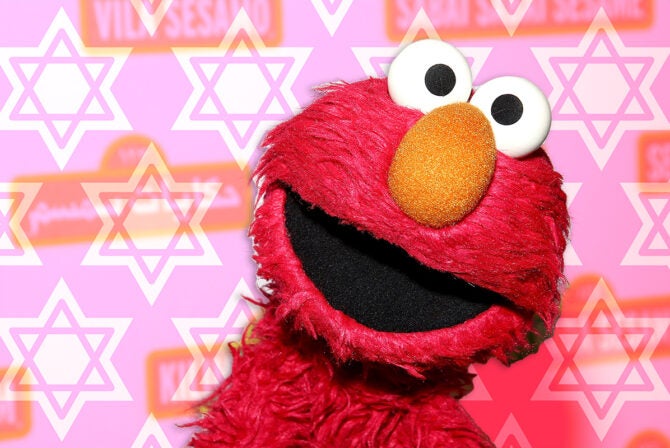Make way for new Barbies! The iconic brand is launching two new lines of dolls based on incredible ladies, just in time for International Women’s Day (March 8).
Three amazing women constitute the debut of the Inspiring Women line: Mexican painter and activist Frida Kahlo, pilot and writer Amelia Earhart, and the brilliant N.A.S.A scientist Katherine Johnson, whose story was recently featured in the movie Hidden Figures. All three incredible women have revolutionized their fields and changed our world for the better. Truly, I would love for my future child to have all three of the dolls. Their outfits, accessories, and hairstyles, in true Barbie form, are impeccable — and historically accurate.
Mattel is also adding to Barbie’s new Shero line, which first launched in 2015. This year’s newcomers honor 14 women from across the globe who have achieved greatness. They include Olympic gold-medalist Chloe Kim, Wonder Woman filmmaker Patty Jenkins, and young conservationist Bindi Irvin.
Amazing, right? And yet, I’m somewhat irked by them. When it comes to the Inspiring Women line, the dolls are unquestionably conventionally pretty, down to their perfect makeup and glossy lips. (The Frida Kahlo doll does have something that resembles a few stray hairs that link two perfectly groomed brows — but there’s no hint of any hair on her upper lip.)
And then there’s the dolls’ bodies: unrealistically thin and elongated. In fact, all three dolls have the same exact body type, what the company calls “Fashionista standard torso,” and with “articulated arm and flat feet.”
Apparently, I’m not alone in my criticism. As the lone reviewer (so far) of the dolls on the Barbie website says, “Unfortunately they don’t represent the real idea of the woman… How [do] we want to teach woman [sic] empowerment when the dolls look like the same person with different clothing. Put the fake leg on Frida and make Emilia look like she really look [sic], not your traditional beautiful. It’s time to show our girls that we come in different shapes and colors.”
I find the Shero line somewhat less offensive: The dolls are diverse in skin color, nationality, age, height, and even have varying body types (in past years, the Shero line even included plus size model Ashley Graham ). It’s the global celebration of women that we deserve.
And yet, and yet… the dolls still seem overly skinny. Take Mattel’s depiction of (knighted!) British Olympic gold medalist in boxing, Nicola Adams. In real life, her body is extremely muscular, sturdy, and strong. And yet the Barbie-version of Adams features a frail figure with skinny arms. It just feels like a missed opportunity to show young ones what different and powerful women’s bodies actually look like.
Am I nitpicking too much? I’m not sure. I admit I’m personally biased against Barbies’ bodies — I resent that they were some of my first ideals of beauty and femininity, as they are and were for so many girls. Barbies helped perpetuate a culture that made me feel “lesser than” because of my curves and my lack of thigh gap.
Still, I know it’s something that Barbie have been trying to amend. And I appreciate that. But I think this falls just a bit too short of the mark.







